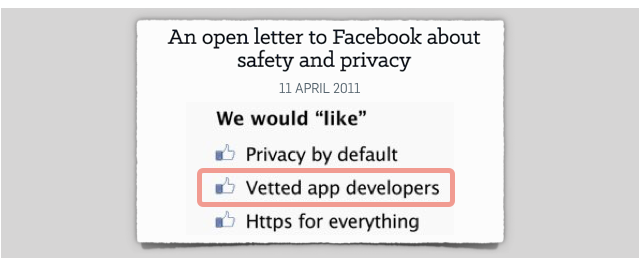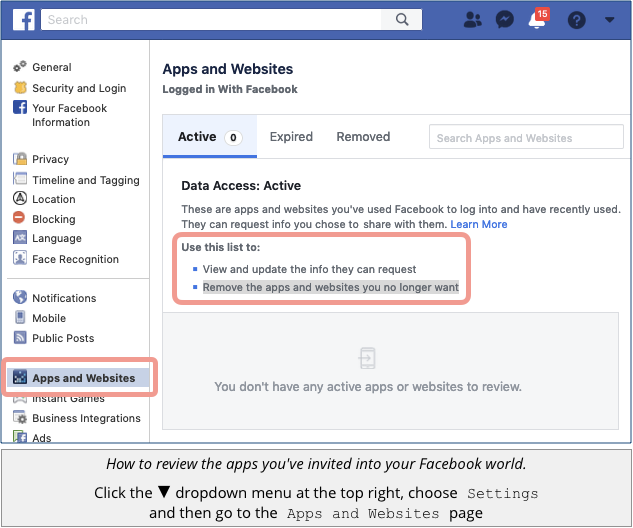Third Parties in Spotlight as More Facebook Data Leaks
A Mexican media company’s unprotected Amazon S3 container exposed more than 540 million records of Facebook users’ comments and interests, while a defunct integrated Facebook app, At the Pool, left online sensitive information of more than 22,000 users, cloud-security firm UpGuard announced on April 3.
The data, found by the company’s storage-scanning service, had explicitly been saved in two separate Amazon Simple Storage Service (S3) buckets, allowing public downloading, according to a blog post. The larger data set, left online by Mexican media firm Cultura Colectiva, consisted of 146GB of comments and whether other users liked or responded to those posts, says Chris Vickery, director of cyber-risk research at UpGuard.
“In this concentrated mass, 540 million records, this is the same type of data that companies like Cambridge Analytica, or anyone else in the marketing [or] psychographic field, can exploit to develop … profiles and really learn how to control a population,” he says. “In the aggregate, it is scary.”
Third-party developers and corporate users of Facebook’s information have become a large security and public-relations problem for the company. In 2018, a Facebook insider revealed that Cambridge Analytica and its parent company, the SCL Group, had collected data on millions of Americans as a prelude to profiling them and targeting advertising to influence the 2016 presidential election. Soon after, the company revealed that most of its users likely had had their profiles scraped by third-party developers. Multiple lawsuits have since been filed against Facebook.
Yet the leaks have not stopped. In December, an issue with Facebook’s photo API may have given third-party developers access to the photos of 6.8 million users. In June, Facebook revealed that a bug had inadvertently set the profiles of 14 million users to “public.”
The run of privacy and security issues underscores the lack of control Facebook has over the application developers who use the company’s data to create new services. In a statement to Dark Reading, Facebook stressed that the servers exposing the latest data did not belong to the company.
“Facebook’s policies prohibit storing Facebook information in a public database,” a spokesperson said in a statement. “Once alerted to the issue, we worked with Amazon to take down the databases. We are committed to working with the developers on our platform to protect people’s data.”
Often, the leaks are not due to any sophisticated attack but by a misconfiguration on the part of the third-party firms. Amazon S3 instances are secure by default and have to be explicitly set to allow public downloading, according to UpGuard’s Vickery.
“In each case, the Facebook platform facilitated the collection of data about individuals and its transfer to third parties, who became responsible for its security,” UpGuard stated in its blog post. “The surface area for protecting the data of Facebook users is thus vast and heterogenous, and the responsibility for securing it lies with millions of app developers who have built on its platform.”
Such misconfiguration should be easily detected by the firms. Scanning services, automated developer testing tools, and other techniques could be used to detect such issues, says Renaud Deraison, chief technology officer and co-founder of Tenable, a cyber defense firm.
“We continue to see headline-grabbing data leaks and breaches that are the direct result of a simple misconfiguration,” he says. “And we’ll continue to see these issues so long as speed trumps security.”
While the company has pushed much of the responsibility for the data exposures to the third-party custodians of the data, Facebook needs to step up, Mukul Kumar, chief information security officer and vice president of cyber practice at security-management firm Cavirin, said in a statement.
“Facebook and others need to go through their records, and reach out to their various partners to secure any customer data,” he said. “Given that some of these partners may not have the expertise or may no longer exist, Facebook may need to work directly with the public cloud providers, and if they don’t take the initiative, the government should intervene.”
Related Content:
- Facebook: Most Profiles Likely Scraped by Third Parties
- Exposed Consumer Data Skyrocketed 126% in 2018
- Facebook Rolls Out ‘Data Abuse Bounty’ Program
- Financial Firms Scrutinize Third-Party Supplier Risk
- Facebook Bug Sets 14M Users’ Settings to ‘Public’
![]()
Join Dark Reading LIVE for two cybersecurity summits at Interop 2019. Learn from the industry’s most knowledgeable IT security experts. Check out the Interop agenda here.
Veteran technology journalist of more than 20 years. Former research engineer. Written for more than two dozen publications, including CNET News.com, Dark Reading, MIT’s Technology Review, Popular Science, and Wired News. Five awards for journalism, including Best Deadline … View Full Bio


